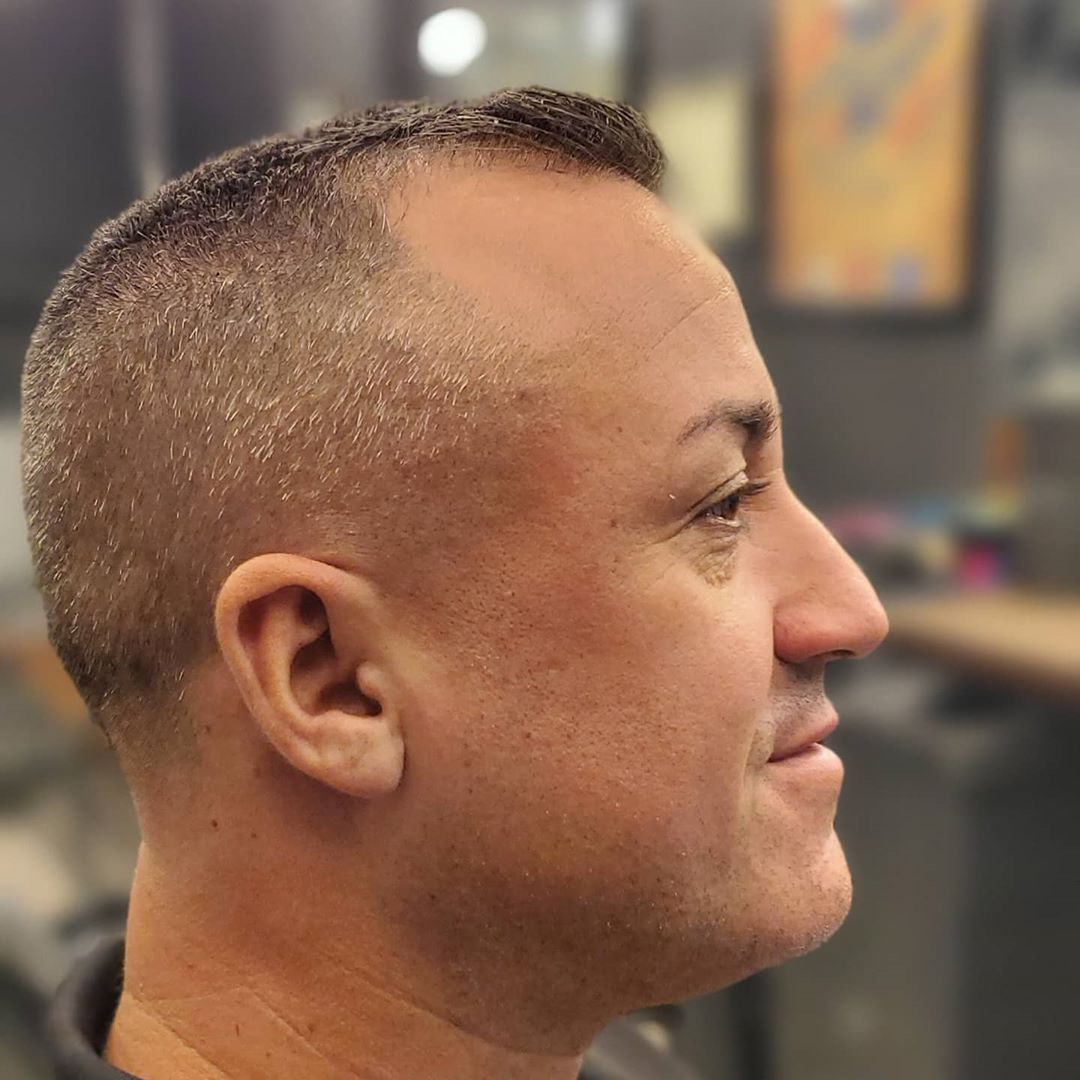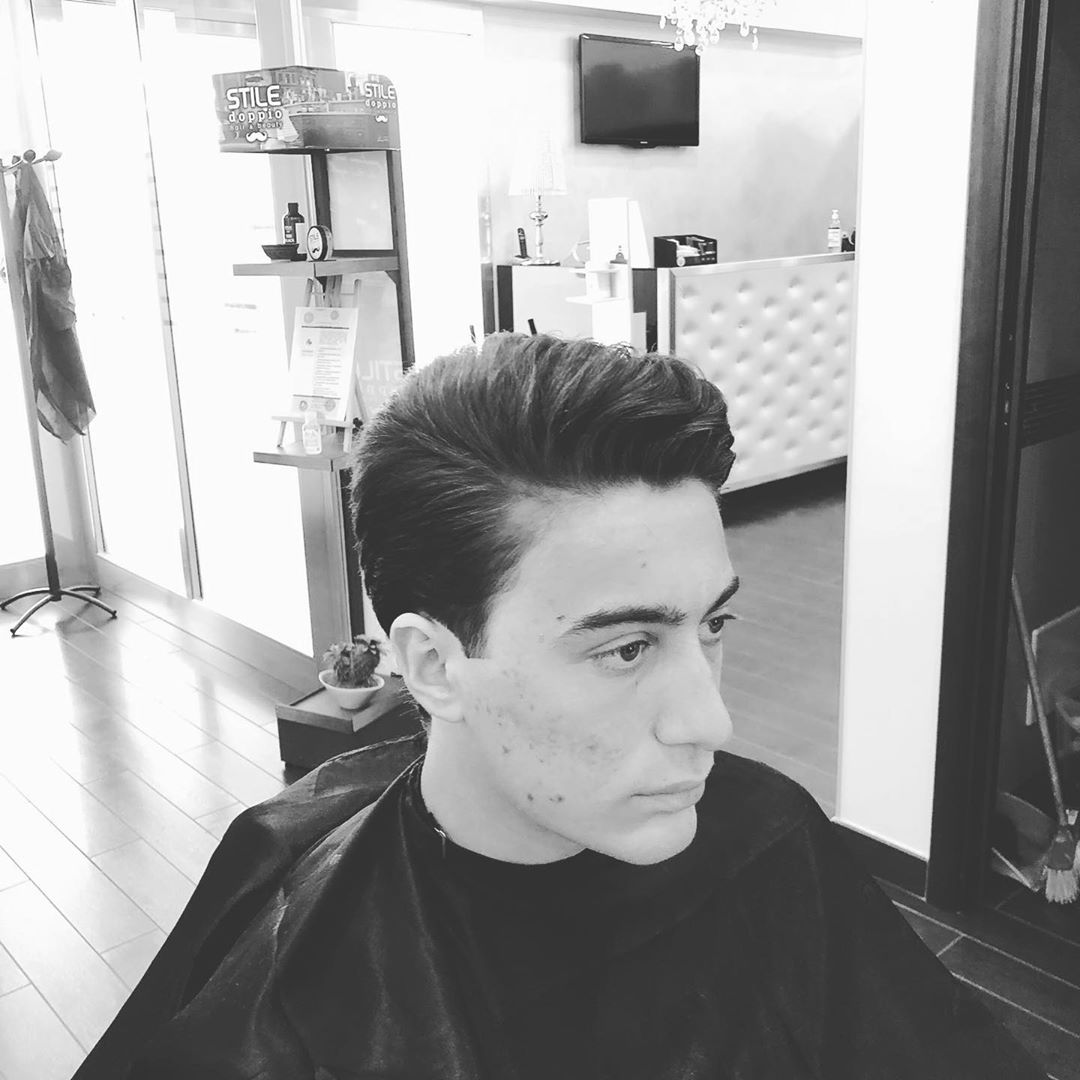Male Pattern Hair Loss – Causes, Symptoms, and Treatment with Finasteride
Male pattern hair loss is one of the most stubborn and common conditions found in 50% of men population all over the world. Most of the patients start experiencing it by the age of 50.
The condition refers to the rapid loss of hair in men as hormones levels fluctuate. Sometimes the condition itself is a symptom, and indicative of health issues that might require immediate medical attention.

In any case, the condition is often distressing to men which further leads to even more hair loss. The key to controlling pattern hair loss is understanding the condition, recognizing the signs, and seeking effective treatment.
Understanding the Causes Behind Male Pattern Hair Loss
Androgenetic Alopecia is the medical term given to male pattern hair loss. The condition is caused as a result of an aggressive response to the androgens.
The condition is often caused by Dihydrotestosterone (DHT) ‑ a by-product of testosterone with powerful androgenic properties. In this case, the hair at the side and back of the head remains intact, whereas the front and top of the head suffer from extreme hair falls.

It is a genetic condition that can be inherited through both maternal and paternal lineage, as opposed to the common myth regarding hair loss being passed down through maternal genes.
Some other causes of the condition include infections, psychological conditions, or nutritional deficiencies.
Signs and Symptoms of Male Pattern Hair Loss
The reason why the condition is called a pattern is due to the symptoms that occur in a series of predictable phases.
- In the first phase, men experience a gradual onset of the condition. A few hair strands fall here and there and a slow recession of the front hairline begins.
- In the second phase, men begin to see increased hair shedding at an alarming rate.
- In the third phase, hair starts to get weaker. Previously thick, strong, and pigmented hair strands begin to transition into shorter and thinner wisps in the temporal region.
- If the treatment is not received by this point, the condition can lead to baldness.

Treatment
As alarming and stressful the condition is, it actually has many treatments. One can opt for laser and light therapies, hair transplantation, or medications.
If you prefer oral treatment over topical and surgical ones, go for the medications.

After years of research on the condition, only two FDA approved medications have been found effective to control male pattern hair loss, namely Minoxidil and Finasteride. If you are choosing the latter for your condition, you can place your order at https://www.numan.com/hair-loss/finasteride.
Finasteride works in two ways. First, it stops hair fall by blocking DHT receptors, and then it becomes especially effective in hair regrowth. Men suffering from the condition begin to regain their hair first at the vertex and then the frontal area of the head.
Keep in mind that you need to treat your hair loss as soon as possible, or the chances of recovery get slimmer. You can also opt not to go for the treatment at all as there are many people who are totally comfortable being bald and actually rock the style very confidently.






